Road Trip USA
In 1952, Brian Rowlands and a friend spent two weeks travelling across the USA. They had no transport, no funds, and no plan
Brian Rowlands sits at his kitchen table and dusts down an old photo album.
“This is the one,” he says, smiling. He opens the hardback cover and a smile slowly spreads across his face. “Ah, yes,” he grins. “It’s all coming back now.”
Back in the early 1950s, Brian set out for a few years at college. What he wasn’t expecting was to find himself on an epic trans-American journey that could potentially cost him his life.
“When I was at college, Australia and New Zealand were regularly tempting students to emigrate from the UK,” says Brian. “Ex-servicemen were relating stories of their experiences abroad and this encouraged me to apply to both embassies for application forms. I duly completed them but never had the courage to submit them.”
At this time, Brian became aware of Student Exchange schemes, for which he also applied. And he was accepted for a trip to America and Purdoe University.
“With five or six weeks to plan the trip, travel arrangements became a matter of urgency so I quickly arranged a passage on the Holland America Line SS Maasdam, from Southampton to New York. It included a short stopover at Halifax, Nova Scotia, as my uncle was stationed there during the war.”
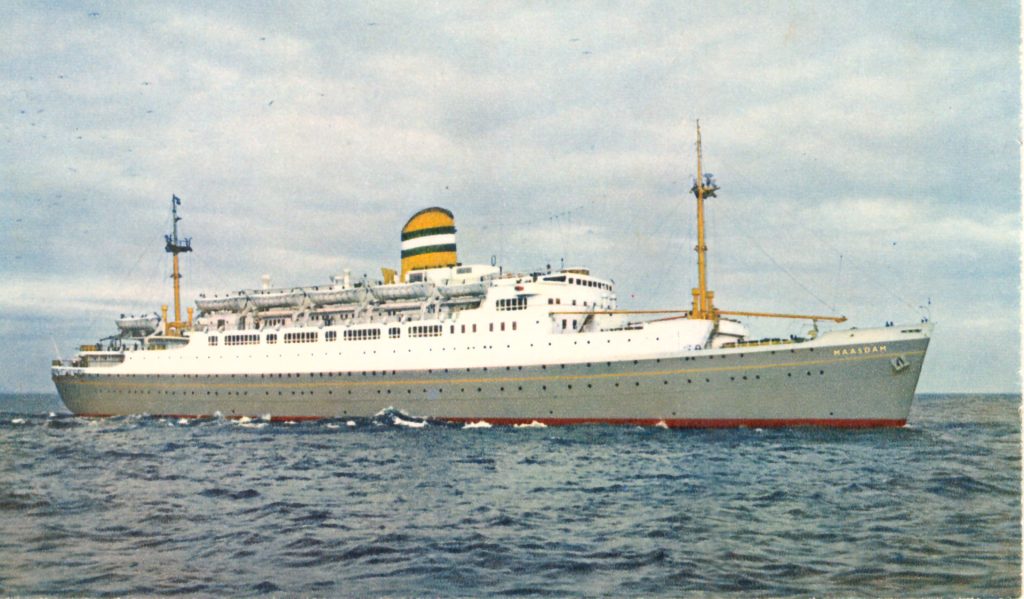
Good fortune was on Brian’s side as when two of his neighbours learnt of his proposed trip, he received two invites – first, a two-night stay in New York and second, a two-night stay in Buffalo near Niagara Falls.
“I also received an invitation from an uncle of a close friend who was the manager of the Bank Of Montreal to stay for 12 days in Canada. Consequently, I arranged my trip home from Montreal to Southampton via the St Lawrence River. How lucky you can get!”
The SS Maasdam set sail. Destination: the United States of America. While Brian looked forward to spending time at Purdoe University in Indiana, he wasn’t quite prepared for the trip that lay ahead.
“My journey to New York on the SS Maasdam, after initial queasiness, was most enjoyable and I made many friends. In the two days that I was in New York, I was made most welcome, visiting the Empire State Building, Central Park, the United Nations Building, plus various museums and the Cathedral – all so memorable.”
From there, Brian’s trip continued with a 21-hour, 700 mile Greyhound Bus journey to West Lafayette, Indiana, which involved crossing the Appalachian Mountain Range.
“I was duly warmly received by staff at Purdoe University and was installed in a small flat that I could just about afford. It did, however, have air conditioning – absolutely essential! My exchange at the University involved various projects, in particular, projects in the soil mechanics laboratories.”
Brian soon met up with David, a Cambridge University student, and they teamed up on many visits, mainly with the Baptist Foundation. They worked in local stores, earning those all-important dollars. “We visited the Indiana State Fair in Indianapolis together and took a free flight over West Lafayette and the university complex.
“It was soon after our flight that David and I hatched a plan to take a trip west – a trip that would push us to the limit!”
Together, Brian and David went to the Union Building to investigate any opportunities to travel. Fortune was shining on the pair that day – there was a notice from a student called Norton who was seeking a co-driver on his trip home to Seattle in his 1949 Packard.
“Within hours, we had made contact and were signed up to a trip to Seattle and a three-day stay,” smiles Brian. “The main problem of the trip was no pay, but the 14-day limit imposed on us by the University was more than reasonable. Fortunately, I had passed my driving test earlier that year and was days away from my 22nd birthday.
“Neither of us had any fears – difficult to believe. Norton was familiar with the route to Seattle and we soon became used to driving on American roads.”
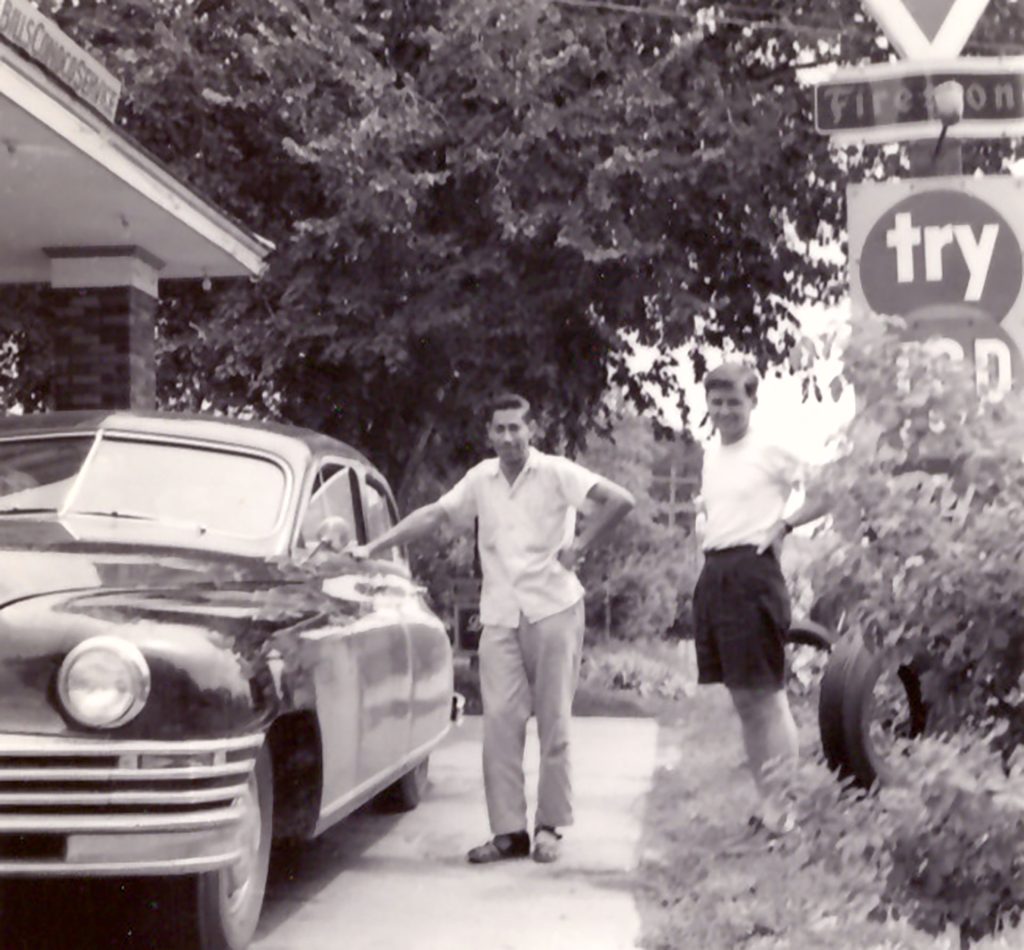
Beyond the Mississippi Basin, the trio crossed the Great Plains and Badlands of Nebraska and on to the Rocky Mountains.
“In Wyoming, we visited ‘Hell’s Half Acre’, thought to be the result of a meteor strike. We were also amazed by the Crowheart Butte. We followed the Wind River and passed the three snow-covered peaks of the Grand Tetons Mountain Range.”
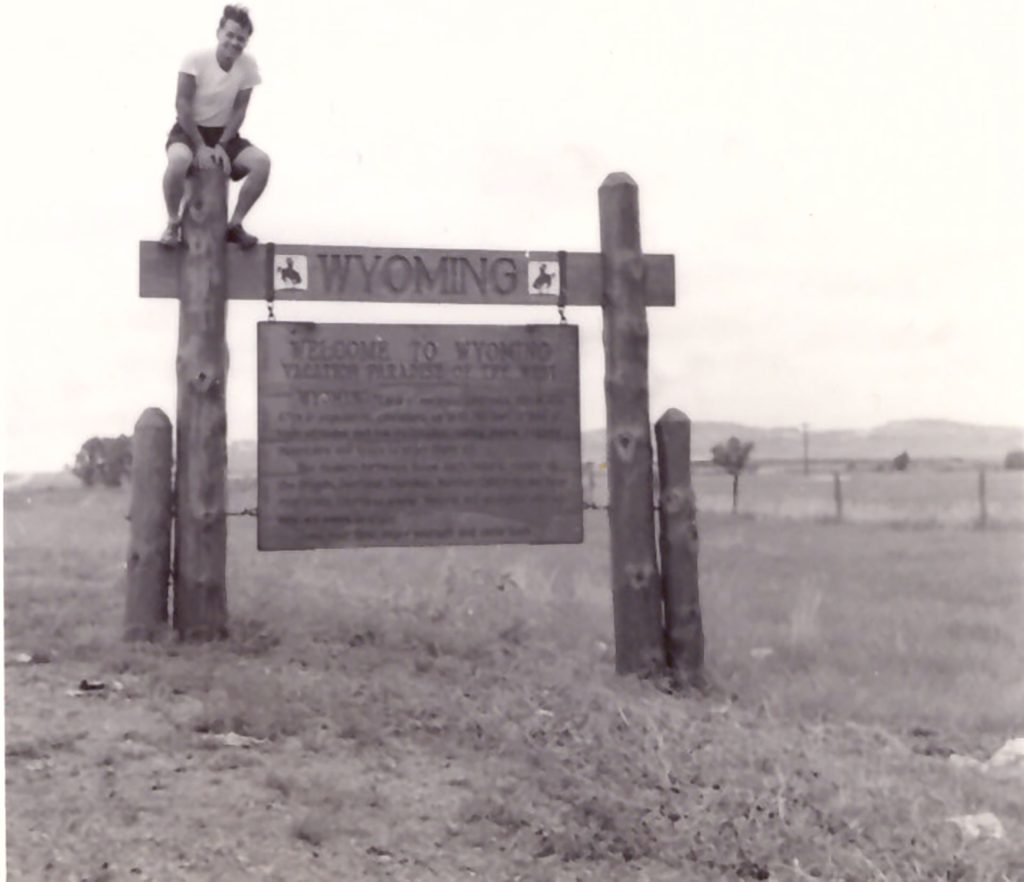
Brian and David were racking up the miles but things were already beginning to take their toll.
“Before long, we were in need of a break so I left the comfort of the car’s bench seats while I took to a sleeping bag next to the car. I slept well but the next morning, there was a clear smell of skunks.
“We set off at sunrise and within a few miles, encountered signs advising motorists not to befriend the bears. There was no more bravery (or was it just foolishness?) after that and we did encounter several bears too.”
Yellowstone National Park, some 1,500 miles from Purdue, was their next target.
“It was quite spectacular and we were mesmerised by the Hot Springs and geysers. Seattle was still more than 500 miles away and we still had the Columbia Plateau and the Billow Foot Range of the Rockies to navigate. We kidded ourselves that it was now downhill, all the way to Seattle; Norton assured us that we had a welcome in store when we got there. He was good company and a good host, and was clearly excited to be going home.”
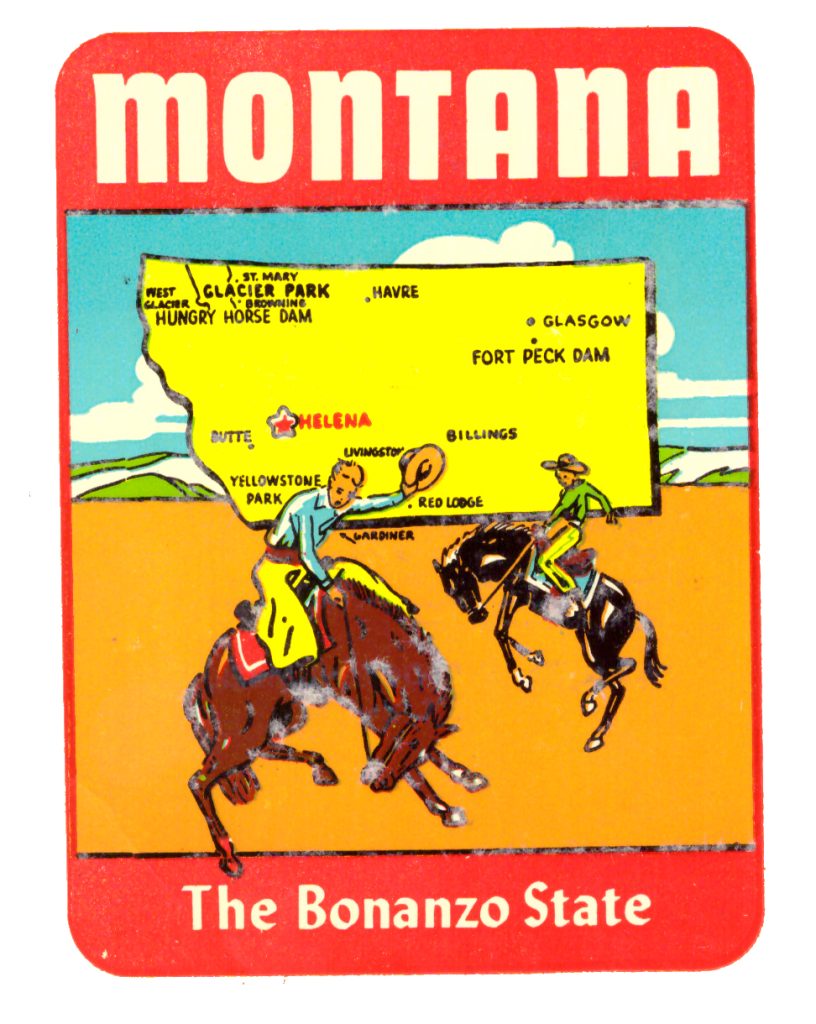
Brian and David received the welcome that Norton had promised them.
“We spent a few days sightseeing and sailing on the lakes. We were sad to leave but at the same time, we were excited to see what our as-yet unplanned journey home would have in store for us. We knew we would miss Norton, who had been our leader for our 2,350-mile and three and half day journey.”
But now they were on their own.
“Our long journey back began with a lift to Tacoma, famous for the suspension bridge that collapsed in a great storm. Before long, a black American pulled up in his car and on learning that we were headed to San Francisco, welcomed us and told us to get into his car.
“After a few hours, our new driver had downed a few cans of beer. We eventually pulled into a service station. David and I looked at our driver, then at each other and got out of the car. The pair explained to their drunken driver that they were concerned about his ability to drive safely.
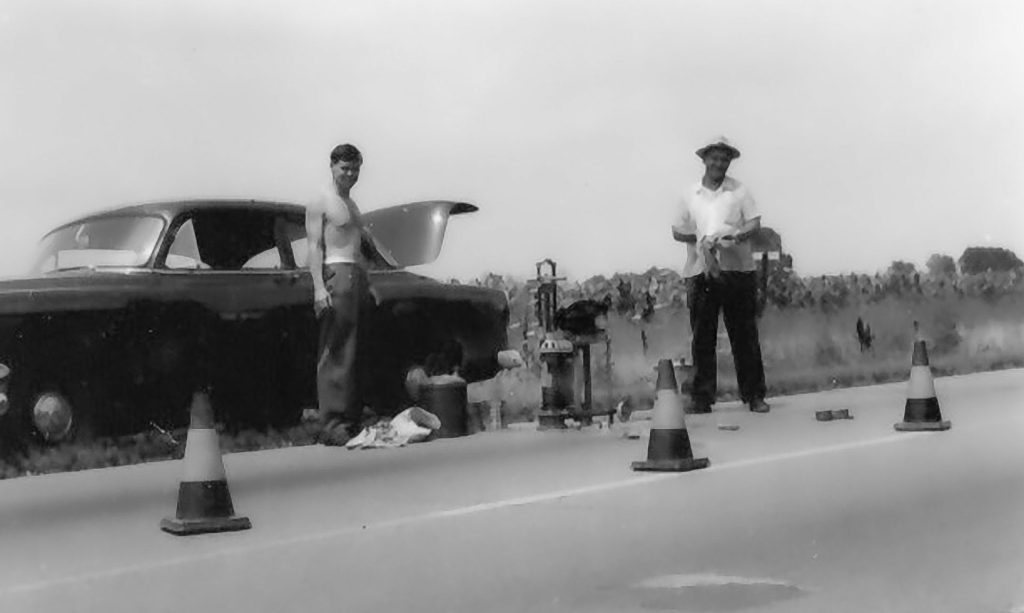
“’You can’t leave me, boys!’ he cried. He seemed pretty desperate and didn’t want to be abandoned but had clearly drunk too much beer. We eventually came to a compromise. I told him to go to sleep on the back seat of the car and told him that we’d drive him to San Francisco. He didn’t really have much choice and soon, we were heading south with a passenger of our own on the rear seat.”
The route took them through Oregon, some 600 or 700 miles.
“And when the Golden Gate Suspension Bridge ultimately came into sight, our driver took over at the wheel, allowing us to take it all in as we crossed it, including Alcatraz.
“Our driver was so grateful – we learned that his son and his cousin had been involved in a crash and he was going to visit them in hospital. We spent two nights at a YMCA and celebrated our crossing of the states with a quick dip in the mighty cold Pacific Ocean.”
Brian and David limited their time there to squeeze Los Angeles in, hitching a lift with two American football players.
“This was the first time we’d experienced heavy traffic, which the boys ignored, driving on the hard shoulder and later swapping the role of driver at 60 mph. With time running short, we switched our destination to Las Vegas. After a short stop at a gas station, we were soon picked up by a couple who were heading our way, some 300 miles away. The wife went to sleep on the back seat and I settled myself next to the driver.
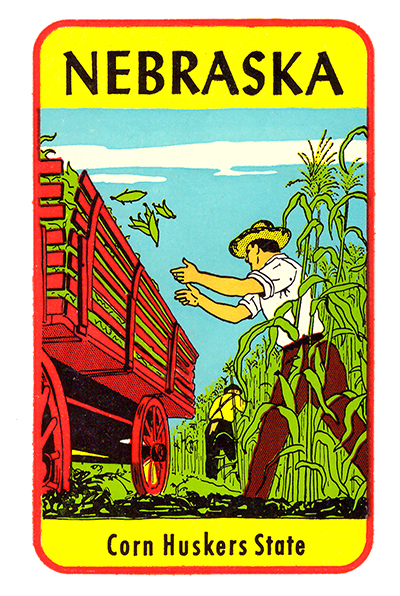
“We had been going for quite a while when I sensed his driving had become erratic and the next thing I knew, we had left the road and were on the desert. I assure you that my reaction was like lightning and we were soon back on the highway. The driver, more than a little shaken, insisted I complete the drive to Las Vegas.”
Money was becoming a problem and their first night in Las Vegas was spent on a bench in the bus station.
“I spent my 22nd birthday with no money and as such, avoided the casinos. The next day, we were keen to visit Boulder (Hoover) Dam and managed to persuade two ladies to drive us there. It was when we arrived that we found out that hitch-hiking was forbidden in that state. Our best bet to get home was to head north to Salt Lake City, some 500 miles away.”
Ahead of them lay mountains, deserts, and a few cactus trees.
“After the lift from the girls, we waited for what seemed ages before a lady in a battered old Buick came our way and offered us a lift – it was so welcomed!
“We chuntered along in temperatures of over 40 degrees and eventually pulled up at an old wooden shack of a gas station. An old man filled up the tank but before we could leave, the lady indicated that she had no money and suggested that we pay for the gas. We had no choice. We had to pay and off we went.
“After an hour, steam started to escape from the bonnet and we came to a halt in the heart of the desert. There was no sign of life and temperatures were in the 40s. We were facing a life-threatening situation.”
Things had become deadly serious in a short space of time. They had no supplies and no way of contacting anyone for help.
“Existence could not have been more life-threatening. We were very fortunate though. After half an hour, we saw a Highway Patrol vehicle in the distance – the only other vehicle we had seen. Had they been warned by the old man that the woman’s battered old car was on its last legs? The officers quickly assessed our plight, hitched us up to their patrol car, and towed us some 60 miles to the next junction, which was on an east-west interstate highway. At this point, we exchanged good wishes as she was headed off northwards over the Great Salt Lake.”
Much relieved, the pair sought some refreshments and were once again in luck.
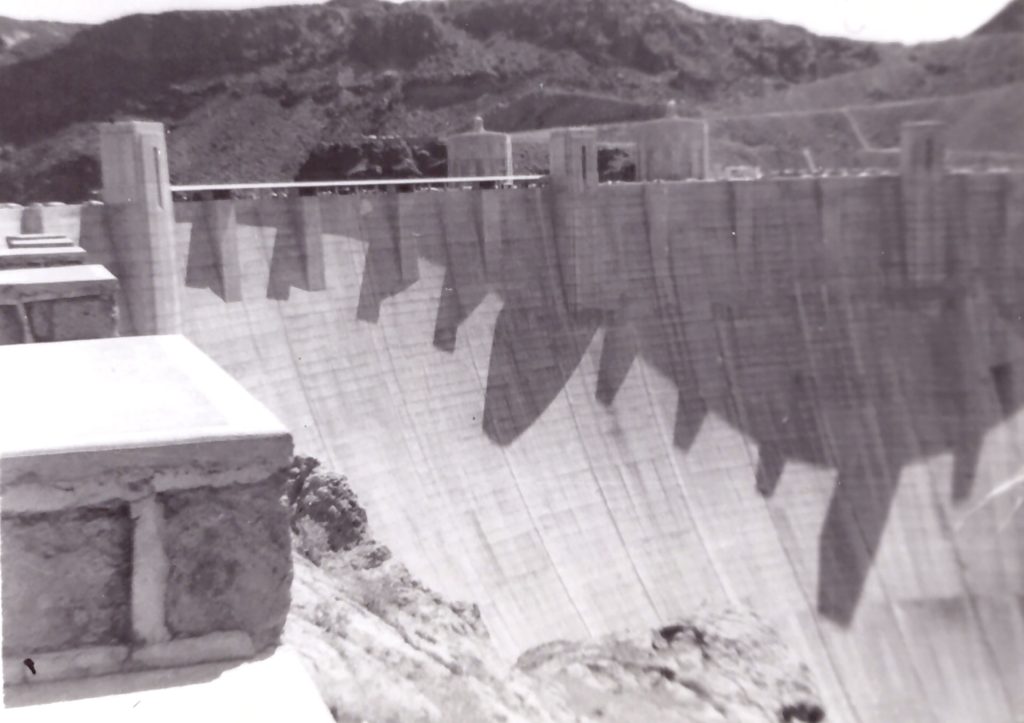
“A Mormon minister approached us and, learning of our plight, was pleased to enrol us as co-drivers for his trip over the Rocky Mountains to Denver, and then onto Kansas City, a journey of around 700-800 miles. The minister thanked us for sharing the driving and invited us to contribute towards copies of a Mormon booklet, which I recall supporting for many years.”
Mile by gruelling mile, the two young men were closing in on their destination.
“By this time, David and I had one thought on our minds – Purdue University. However, we had two big challenges ahead of us: the biggest and longest rivers in the world – the Missouri and the Mississippi, which merge at St Louis.
“We had seen paddle steamers on both rivers but a short trip on one on the Missouri was all we could afford. It was still quite exciting. We scrambled our way home across the state of Illinois via a series of short lifts to Indianapolis and finally arrived back at Purdue University.”
After their 5.5k mile trek, the two young men were finally back on familiar ground, all within 15 days. “We were overwhelmed by the hero’s welcome we were given. Nobody could quite believe what we had achieved and thinking back, neither can I.
“It is difficult to believe but at no point, to my recollection, were David and I at odds with one another. In total, we had hitch-hiked 3,000 miles back to West Lafayette after leaving Norton in Seattle. Our two-week round trip was a total of 5,500 miles.”
Brian and David completed their research projects in the following six weeks, before they had to say their goodbyes.
“After finishing at Purdue University, I made my way to Canada, travelling by coach from Toronto to Montreal. I made my final homeward journey from Montreal to Southampton aboard the Cunard liner, RMS Ascania.
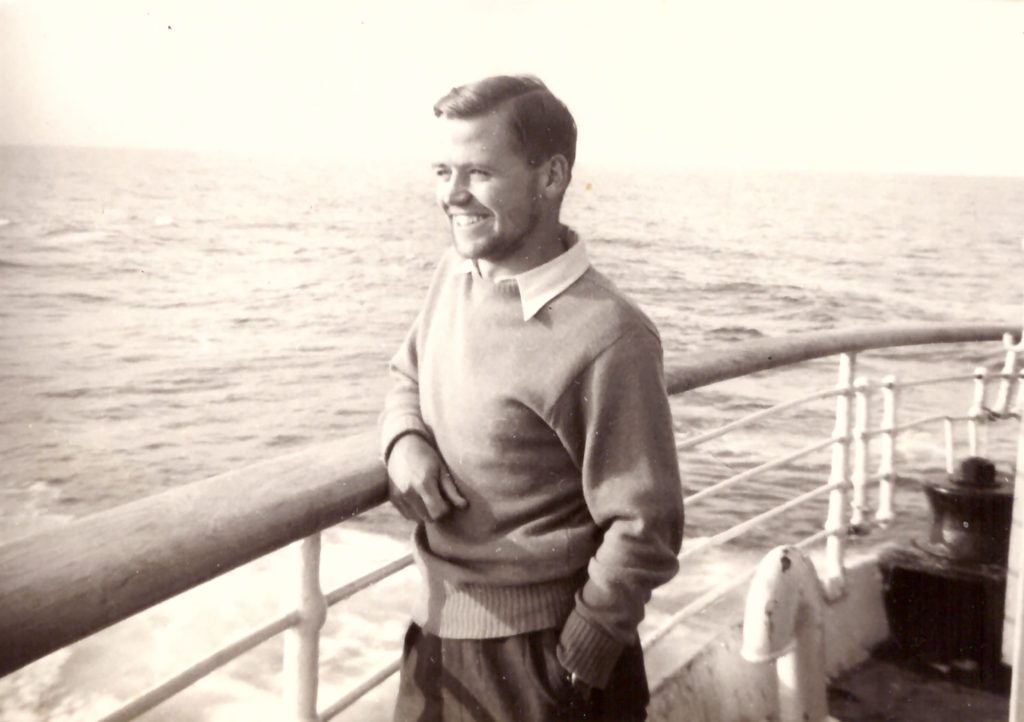
“I will forever be grateful to David, after our chance meeting, for making our trip such a pleasure, and for giving me so many vivid and happy memories of that time.”
Brian closes his photo album, the smile still lingering on his face.
“I kept only minimal contact with David but quite by chance, when I was doing National Service, I met David briefly at Winchester where he was in the Highways Department, a career that I too pursued. I also met him some 20 years later at a transport conference in Oxford.
“At the age of 90, it has been quite a challenge and a pleasure recalling the memories of nearly 70 years ago. One memory that does remain with me is how kind and friendly strangers can be. It was their welcoming nature that overwhelmed David and me. It’s what made the trip so outstanding. Looking back, I wonder how important it was to the success of our hitch-hiking trip to have a Union Jack on the back of my rucksack. It must have been an unusual sight in those days.
“My journey is indicative of what is possible if you are prepared to seek adventure.”


